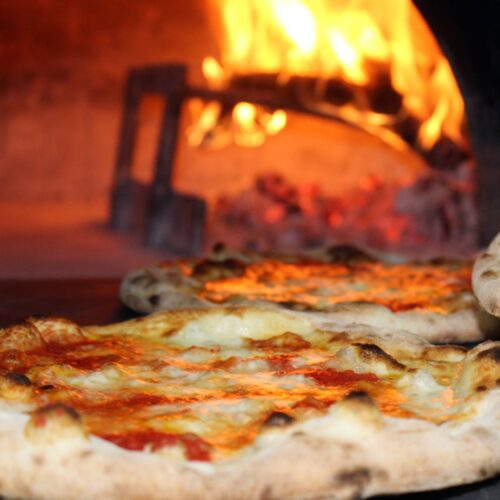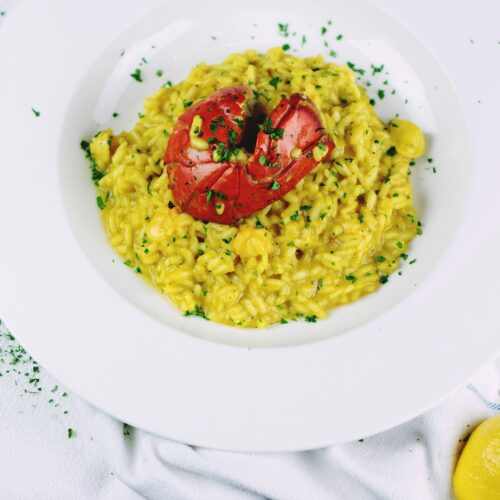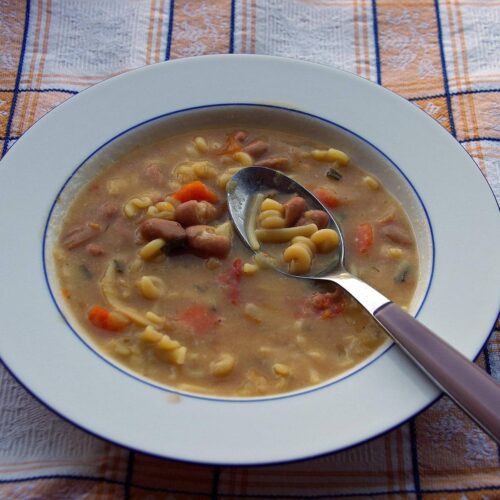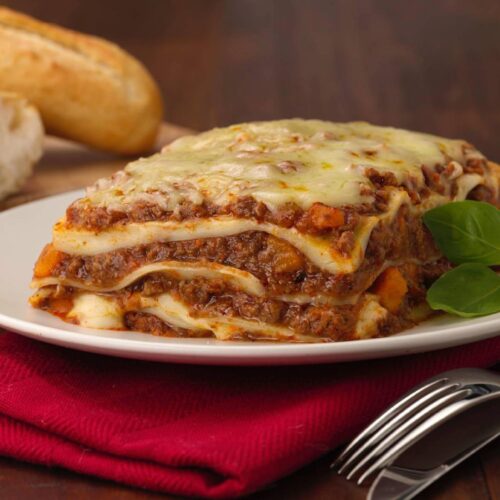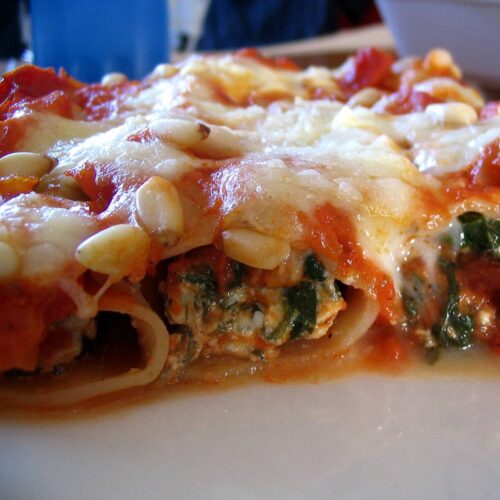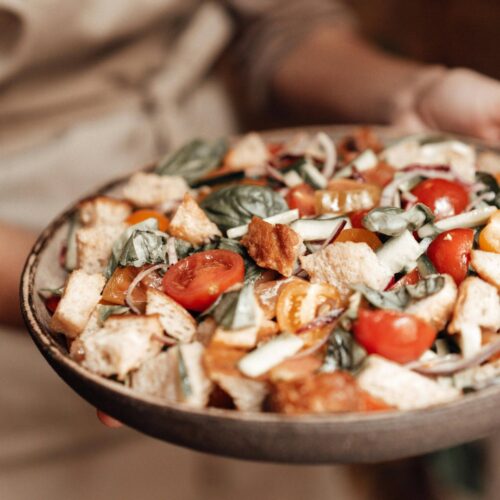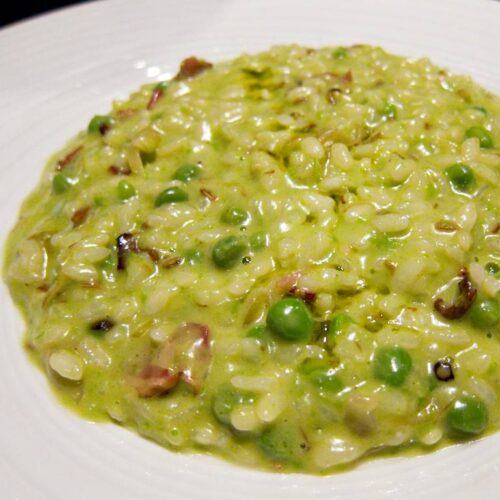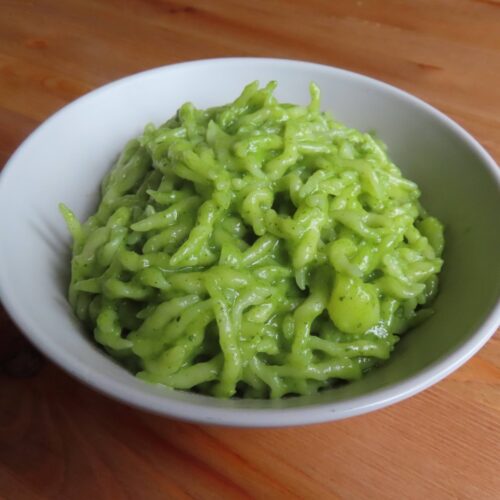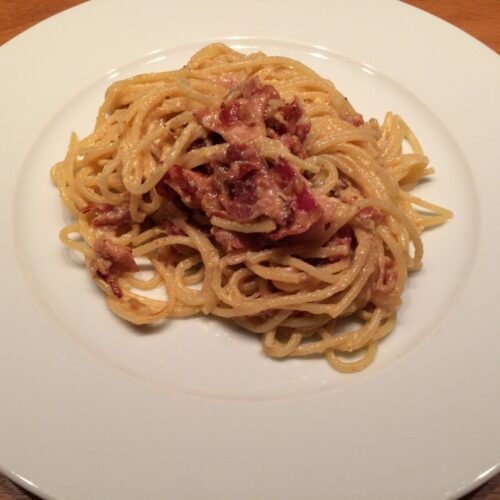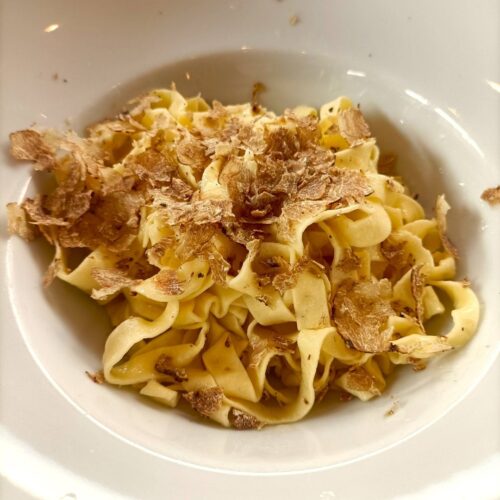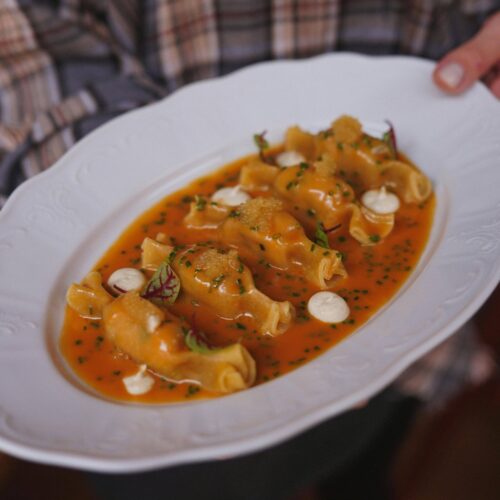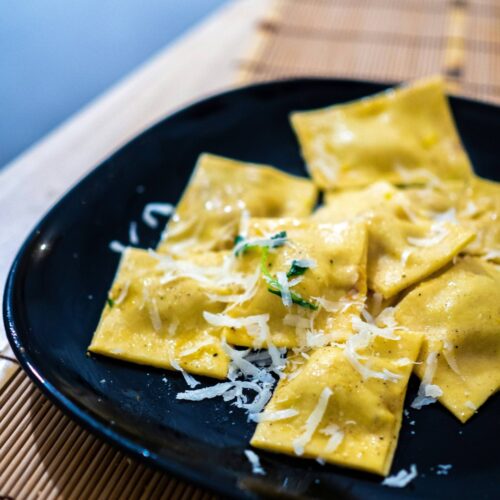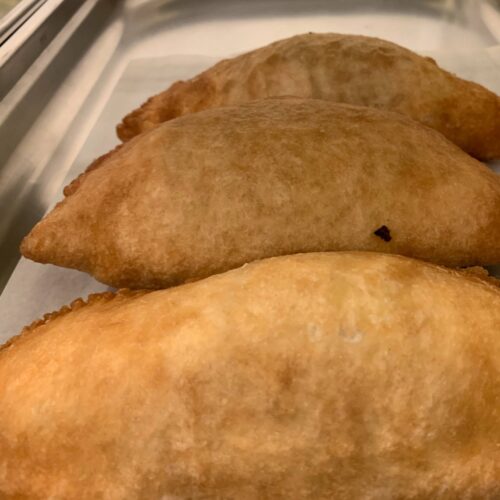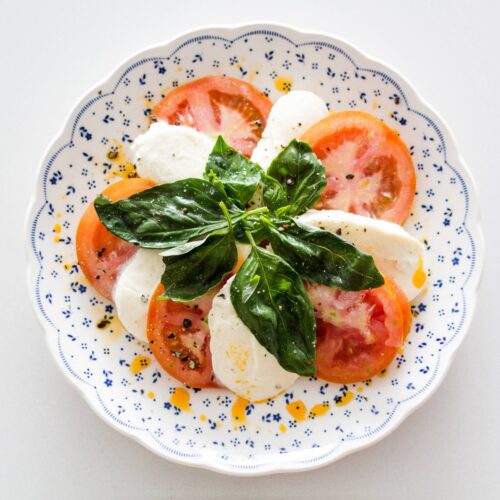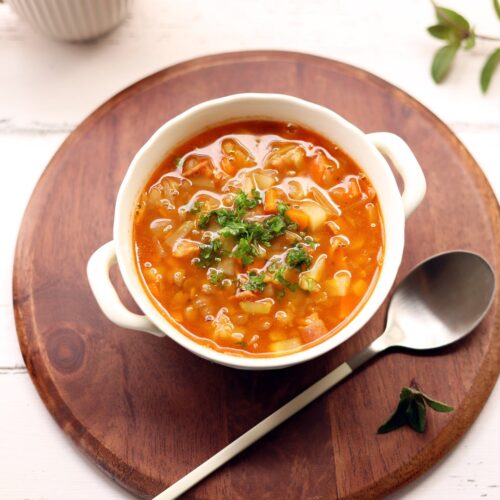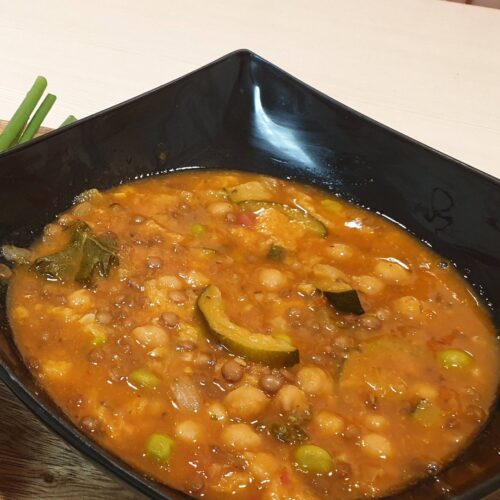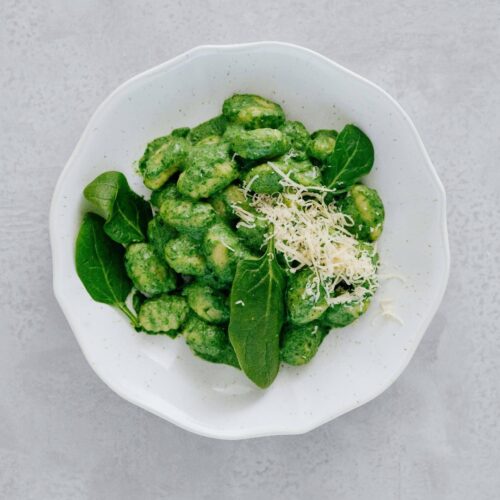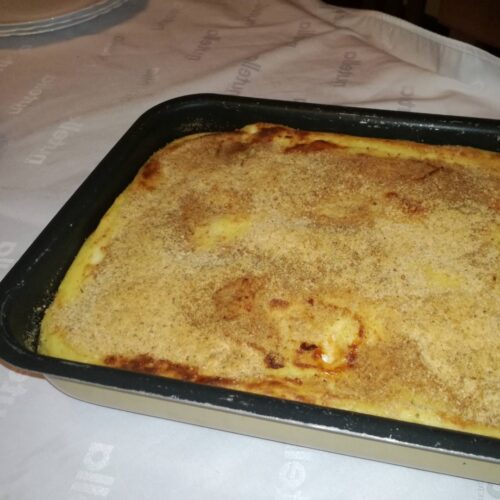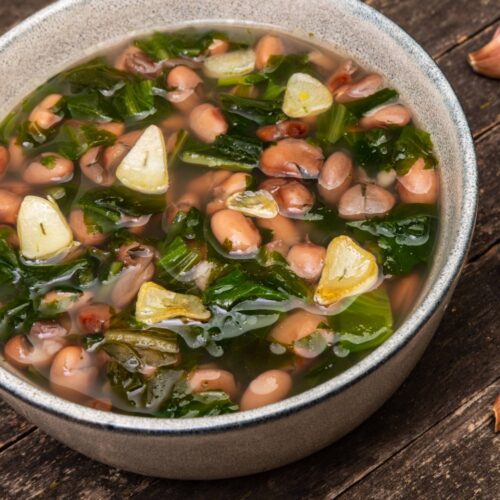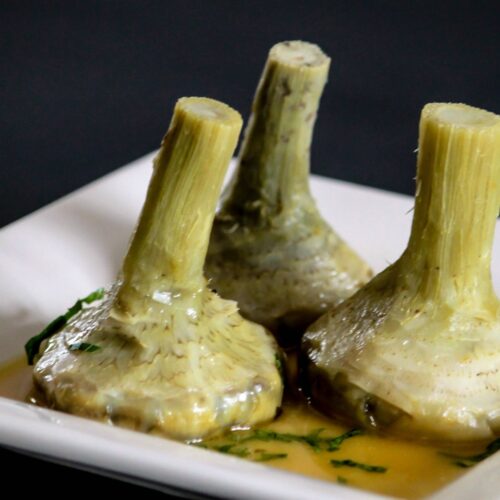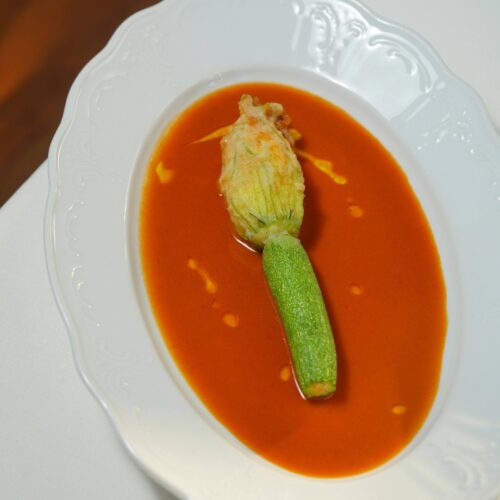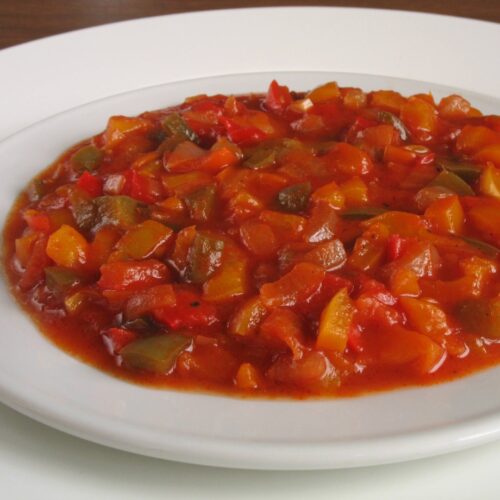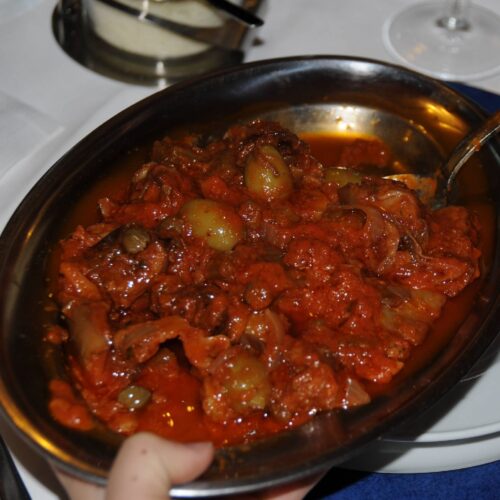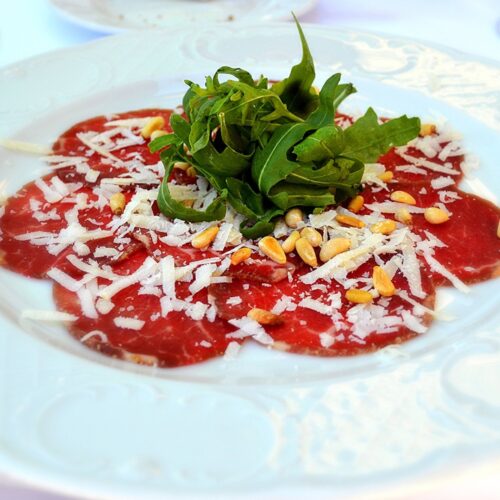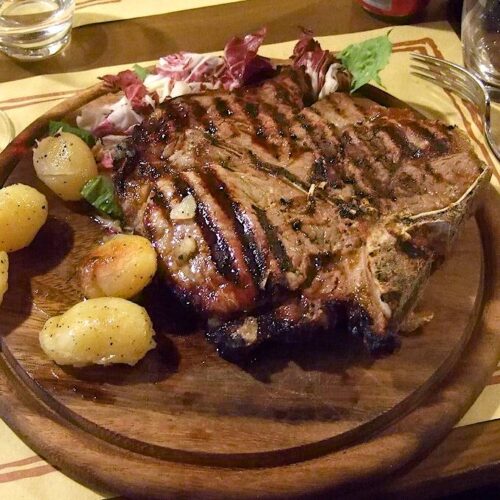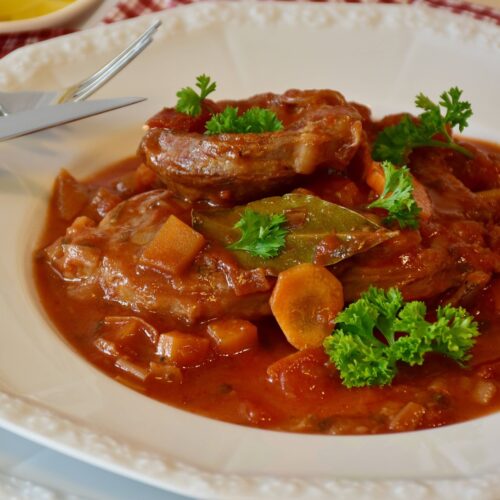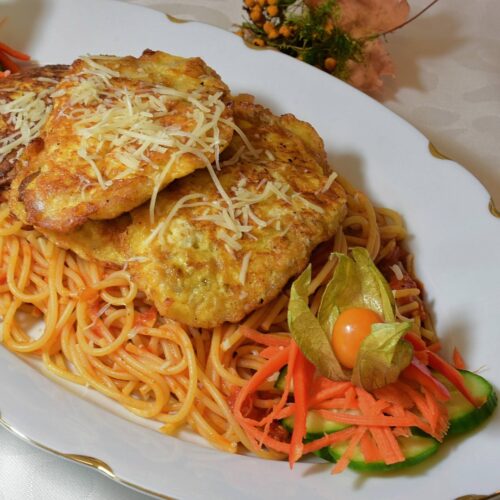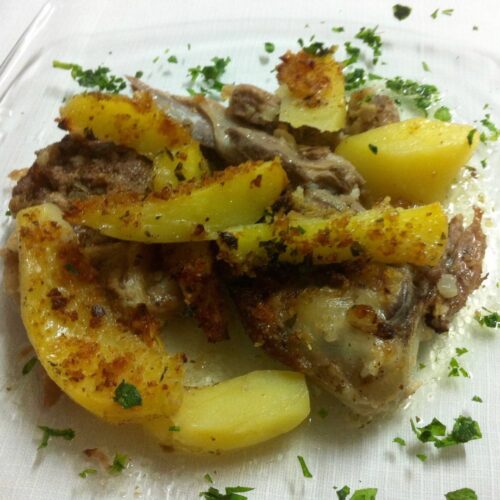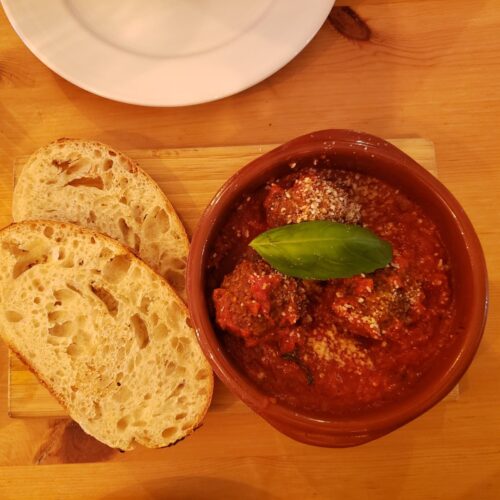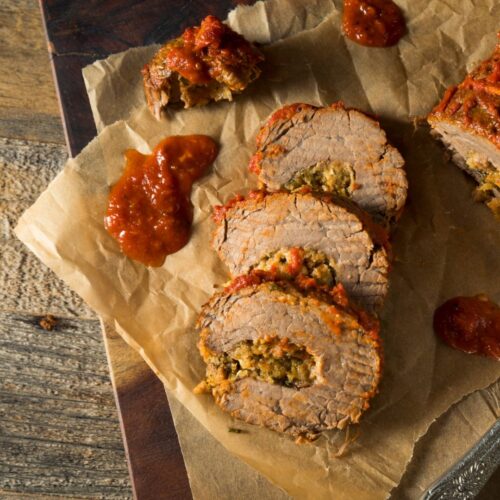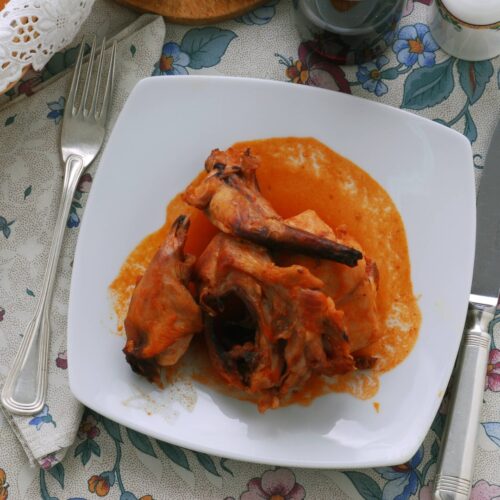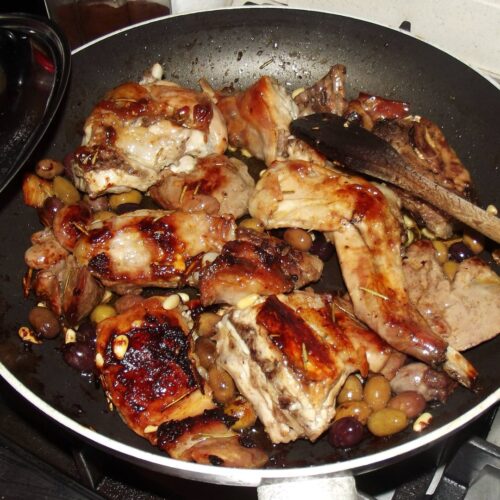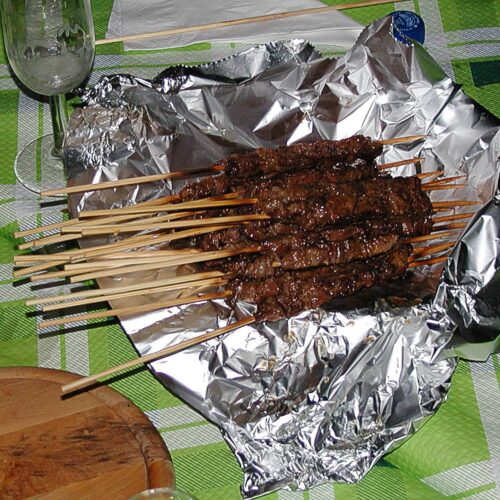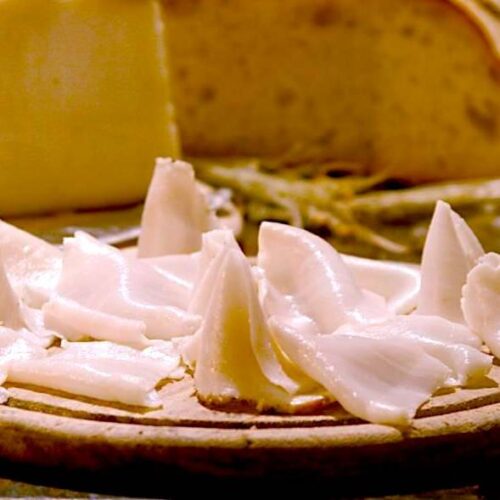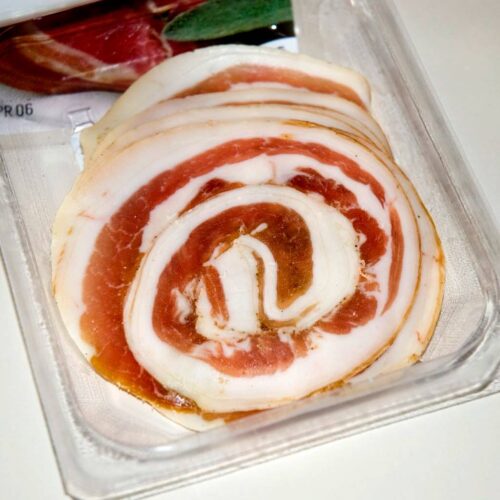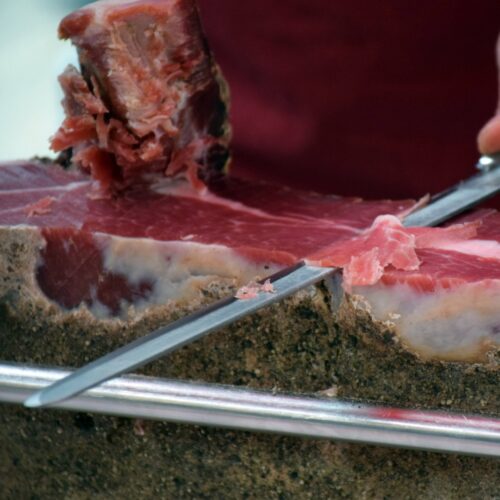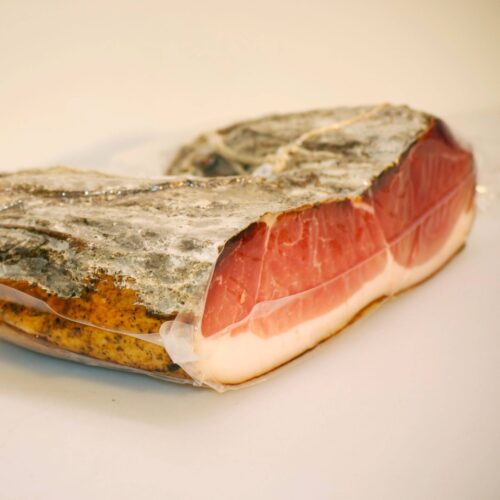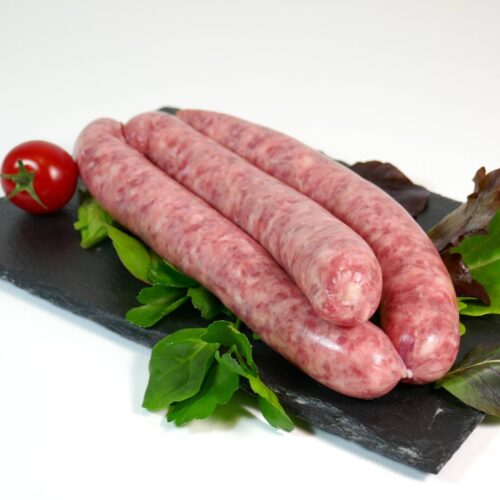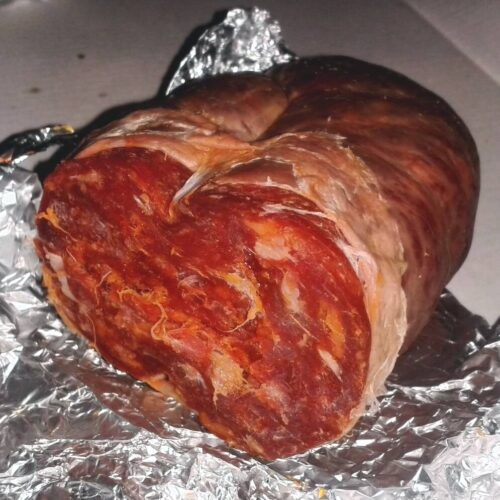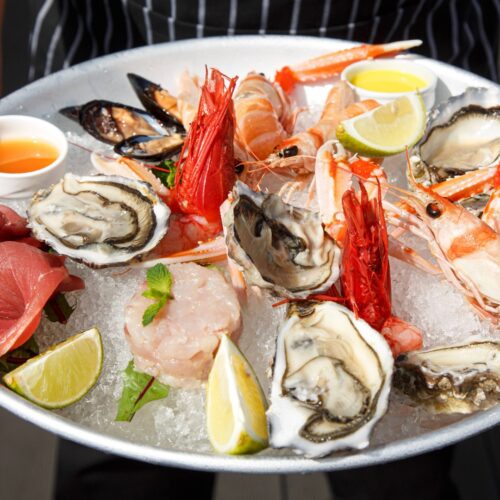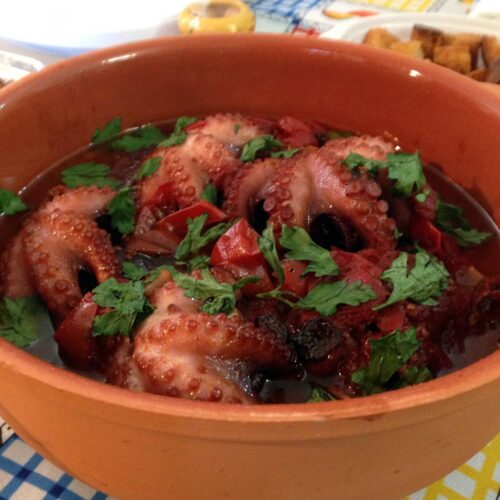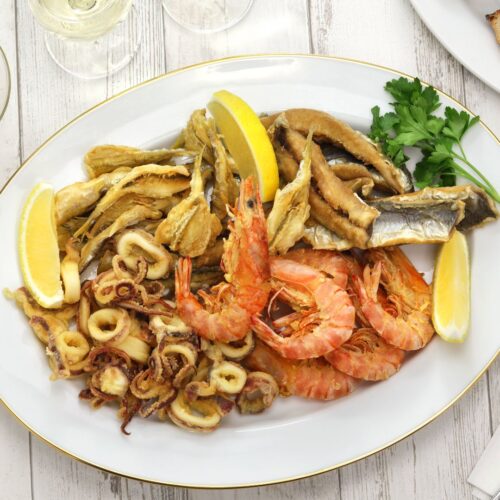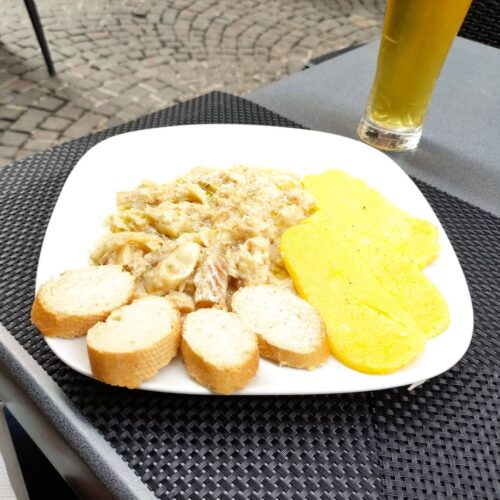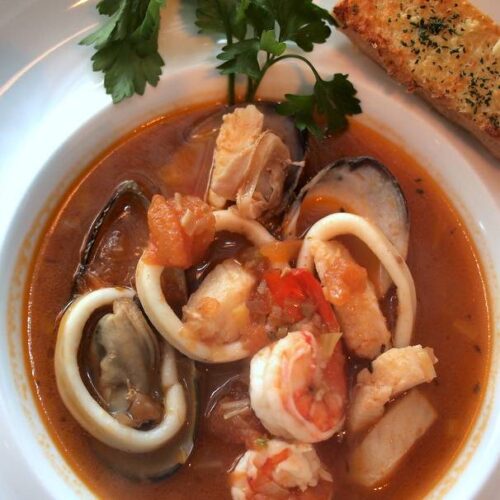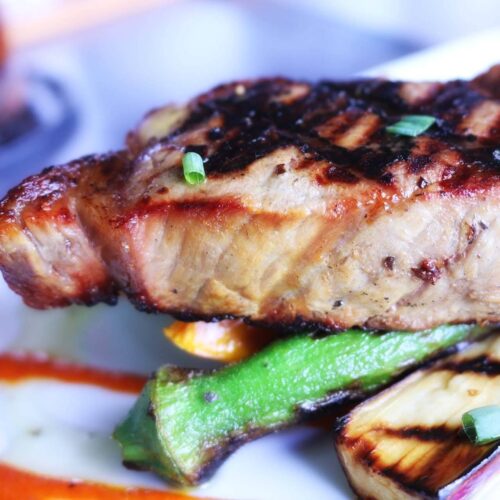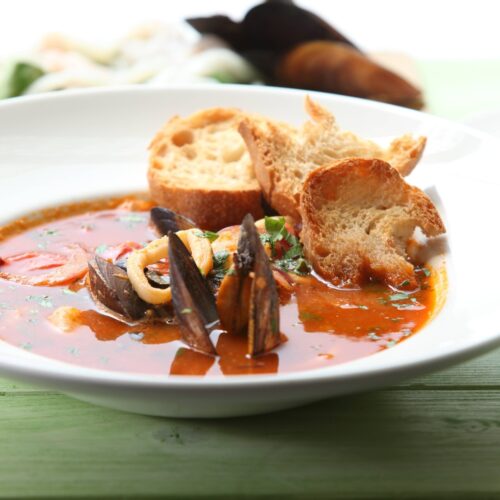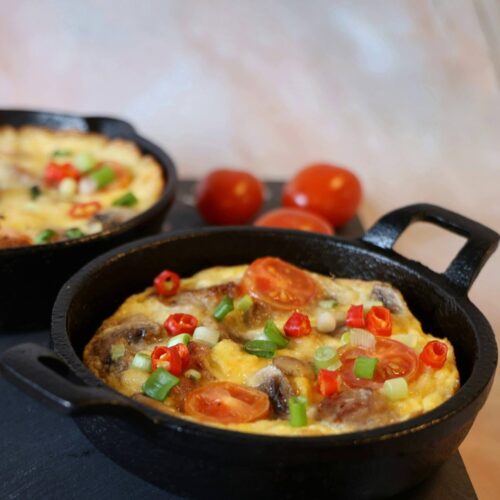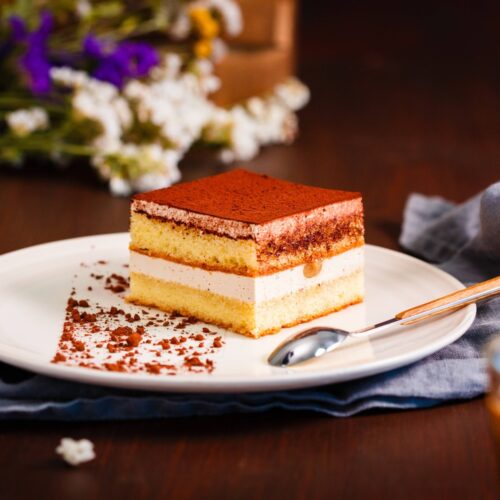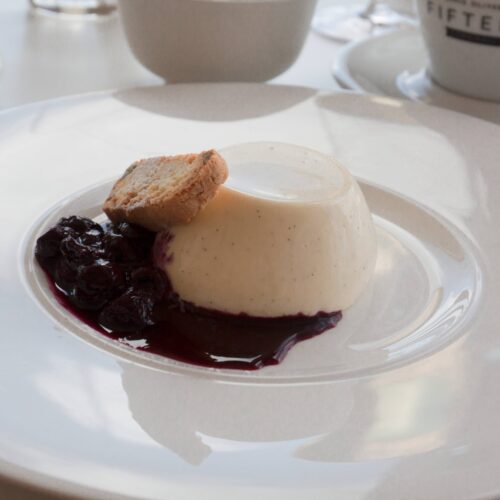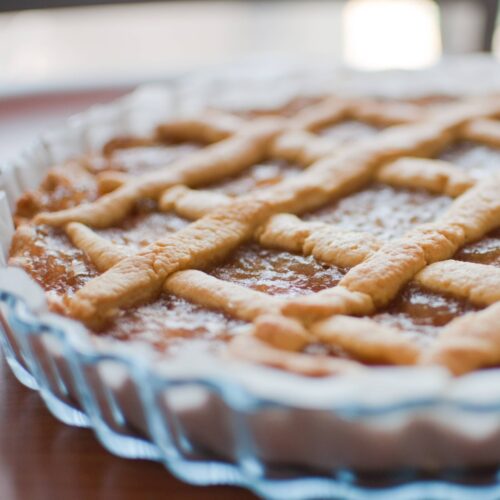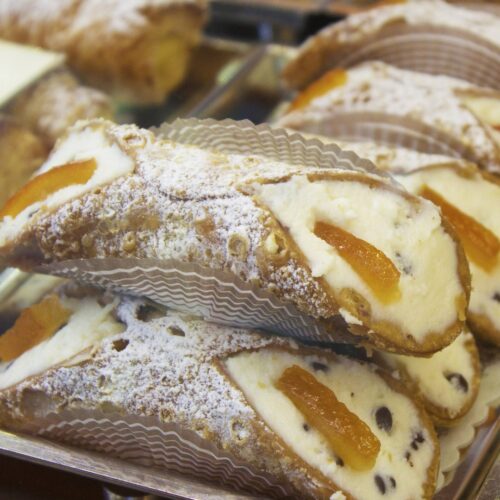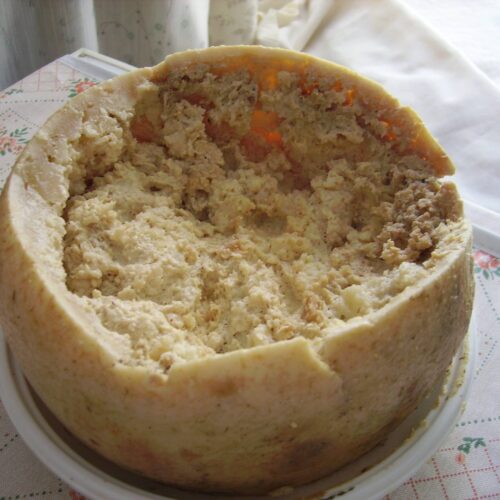
GEOGRAPHY AND CLIMATE
Today’s Italy is made up of twenty regions, and honestly, each one could fill an entire book with its unique food traditions. For now, we’ll keep it simple by looking at the big picture – Northern, Central, and Southern Italy.
Northern Italy is characterized by the Alps and the Po Valley, with a cool, temperate climate and abundant rainfall. The region is fertile, mountainous, full of lakes – ideal for dairy farming, meat production, and rice fields. Dishes here are rich and hearty, and cheesy. Butter, cream, cheese, polenta, rice, meat dominate, driven by a more industrialized and prosperous economy.
Defined by rolling hills, fertile valleys, and Mediterranean mild winters and warm summers, Central Italy puts an emphasis on olives with the finest quality olive oil, wines, long, fresh pastas, legumes, artichokes, tomatoes, beans, mushrooms, pork and rabbit meat. Olive oil, rather than butter, is the key fat used in cooking here
Coastal plains, volcanic soils, and arid, rugged terrain, the Southern region experiences a hot Mediterranean climate. It is ideal for citrus and olive; it is surrounded by rich coastal waters with a strong seafood culture. In general, it’s lighter, simpler fare focusing on olive oil, seafood, tomatoes, and peppers. Bold, spicy flavors, fresh vegetables, and durum wheat pasta are cornerstones.
The Islands of Sicily and Sardinia have unique traditions, influenced mainly by Arab, Greek, and Spanish flavors. Sardinian cuisine is rooted in pastoral traditions, with lamb and sheep’s milk cheeses like Pecorino Sardo playing a central role in the diet

ANTIENT FOUNDATIONS
Over the past three millennia, the territory of the Italian Peninsula has been occupied by numerous nations and civilizations. The Etruscans (8th – 3rd centuries BCE) are considered the first Italians, yet much of their information is only derived from archaeological findings. It is known that they practiced agriculture and winemaking and enjoyed communal meals and banquets. Etruscans could have supplied Romans with prototype recipes for pasta. This theory is based on evidence in an Etruscan tomb, where a mural shows people mixing flour and water next to a rolling pin and a cutting machine, yet the true origin of pasta is unknown: there are mentions of pasta’s predecessors in Romans, Greeks, and Arabian sources. The Etruscan’s culinary may have been absorbed into Roman cuisine, which, in turn, played a foundational role in shaping Italian cuisine.
During the same time period when the Etruscans ruled Rome, the GREEKS began establishing colonies in Italy. Both ancient Greeks and Romans shared a love for wine, and knowledge about grapevines, fermentation, and winemaking was exchanged between the two cultures. The Greeks introduced different types of breads, new cheese varieties, herbs, and olive trees, ultimately making olive oil the staple of the region.
The great Roman civilization lasted for more than a millennium (6th c. BCE – 5th c.). As Romans conquered areas across the Mediterranean, from the Middle East to North Africa, they brought exotic ingredients to their heartland, Rome. Romans popularized wine, wheat, barley, basil, oregano, olives, legumes, and cheese as staples. In addition to familiar foods, they also experimented with fish sauces, roasted game, and braised ostrich. They enjoyed indulging in excess and considered eating a supreme act of civilization and a celebration of life.
On the technical side, Romans developed advanced infrastructure, including markets, food storage facilities, and cooking utensils such as clay jars, specialized cups for wine, cooking thermometers, salt cellars, rotating grills, pasta-making tools, cutting wheels, and olive oil presses.
After the fall of the Western Roman Empire in the 5th century CE, in the Middle Ages, the land of Italy underwent a period of fragmentation, a series of invasions of foreign powers, including the Germanic Ostrogoths and Lombards. Those tribes were known for their hunting skills and possibly fostered the adoption of game meats, broader dairy practices, and root vegetables such as turnips and carrots, barley, and rye into existing culinary.
The Middle Ages (8th-14th c.) brought changes influenced by trade routes and Arab culinary practices. Muslims, dominating in Sicily and South Italy, popularized rice, oranges, lemons, peaches, pistachios, and sugar. They are likely to have originated cannoli and cassata desserts. In the meantime, Italian city-states developed unique culinary identities.

MODERN TRANSFORMATIONS
The Italian Renaissance (14th-17th c.) witnessed a revival of interest in the culinary. Courts and wealthy households like the Medici, Este, and Montefeltro held extravagant banquets and sought aesthetic and refined dining. The Renaissance period saw pasta flourish in Italy. Cookbooks from this era featured numerous pasta recipes with already highlighted regional variations. With the growth of Italian culture, pasta continued gaining popularity.
The later Renaissance period (15th – 17th c.) brought new culinary discoveries – tomatoes, potatoes, bell peppers, and corn from the New World; but they were slow to gain local popularity. Both Italian and other European nations were resistant to potatoes as an unfamiliar crop. People were concerned about its toxicity, which was not mentioned in the Bible, and aristocratic people did not adopt it immediately. Over time, attitudes towards potatoes changed, particularly in the mountainous Apennines. Potatoes began to be promoted by reform-minded intellectuals, especially during food shortages, as they could grow in poor soils and yield high calories in small plots. Gradually, in the 19th century, they became a staple. Corn, though, has never reached such popularity – wheat was already too established in the culinary repertoire, except for polenta. Polenta made from cornmeal became synonymous with sustenance for working-class families, especially throughout the 19th century during times of war and famine, when it was a staple for those with limited food options.
Like potatoes, tomatoes didn’t have an easy start – people mostly saw them as something pretty to look at rather than something to eat. It wasn’t until the late 1600s, especially in Naples, that they started catching on. The Mediterranean climate turned out to be perfect for them, and by the 1700s, tomatoes were at the heart of pasta with tomato sauce, securing their place in Italian cooking.
The Napoleonic era (19th c.) brought another wave of culinary exchange. The elaborate French sauces, precise preparation methods, and the organization of professional kitchens were introduced and adopted. Napoleon’s administration established culinary schools in Italy, modeled after the French culinary academies, in which Italian chefs gained exposure to the principles of French cuisine.
During this era, Pellegrino Artusi’s cookbook, ‘Science in the Kitchen and the Art of Eating Well,’ contributed to the unification of Italian cooking. Artusi, a self-taught cook, gathered recipes from across Italy and codified Italian cuisine, offering not just recipes but practical advice on techniques, ingredients, and the importance of nutrition. The book reflects the diversity of regional Italian dishes and was among the first to present them to a broad, unified audience across the country.
A movement that brought together the separate states and unified them into the Kingdom of Italy happened only in 1861. Elaborate court cuisines remained regional, tied to Florence, Naples, or Parma, but never unified nationally. So they didn’t permeate everyday food culture the way French haute cuisine did. Until the 20th c., most Italians were peasants and farmers, and unification did not blend out the simple regional culinary specialties.
In the 20th century, especially after World War II, millions of Italians emigrated, bringing their know-how to cook well from cheap products – a skill very much in need after the war. Cuisine experienced a major revival and gained worldwide recognition. From the 1950s on, Italy became a top tourist destination. Visitors fell in love with the food and wanted to recreate it back home. Writers like Pellegrino Artusi and Ada Boni earlier codified regional recipes, while later films, magazines, and TV helped glamorize Italian food culture.

RELIGION AND CULTURE
The rise of Christianity influenced what is acceptable to eat and when. The Roman Catholic Church, headquartered in Vatican City, promoted meatless Fridays, forty days of Lent, leading to the development of fish, vegetables, and overall simpler dishes. Church’s influence can still be seen in the ritualistic aspects of Italian dining, although it is not the sole reason, when meals often begin and end with blessings, the religious holidays center around its traditional dishes and sweets, and wine and bread are central.
Many Italian monasteries and convents were centers of culinary innovation. They preserved agricultural techniques, grew vineyards, and perfected recipes like liqueurs, cheeses and pastries.
